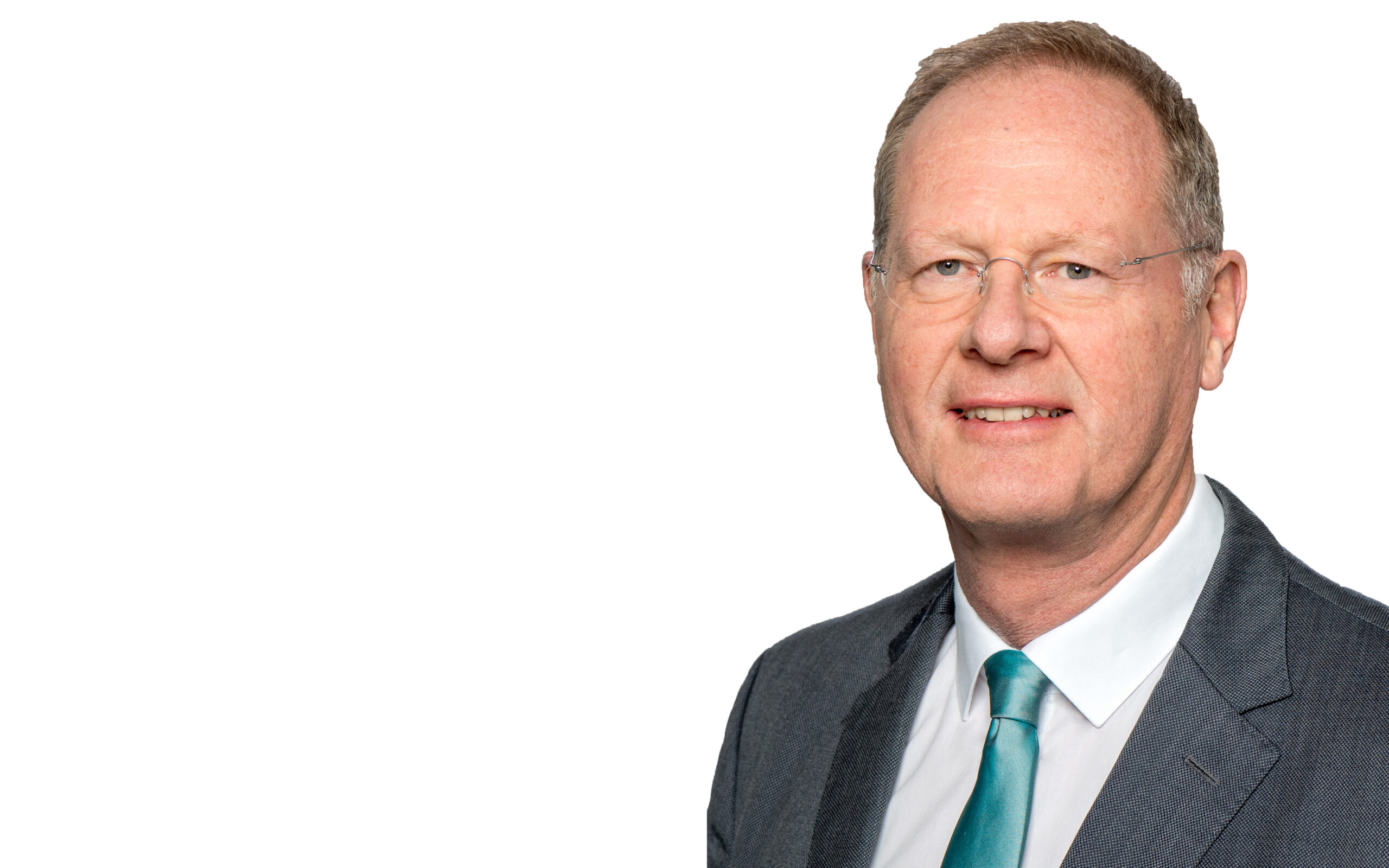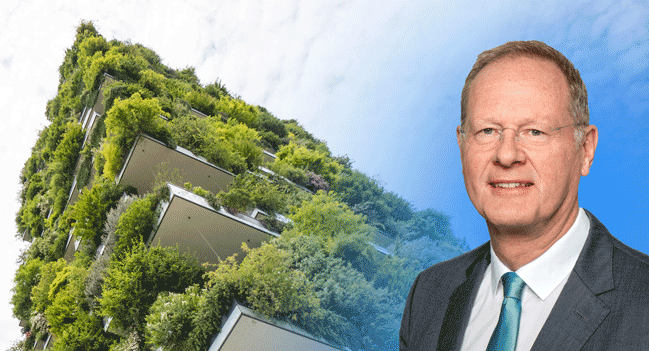
In November 2022, the certificate program “Ecological Building” will start for the first time at the Technical University of Munich. Prof. Dr.-Ing. Werner Lang, who holds the professorship for energy-efficient building and planning at TUM, has taken the lead in developing the part-time further education course with his team. We asked him about the goals of the program and the relevance of green building for companies in the building industry – but also for all of us.
Prof. Lang, sustainable, ecological construction has been a buzzword for some time. Why is that – and is ecological building already being practiced or is the industry still in its infancy?

Prof. Dr.-Ing. Lang: Today, we face with the challenges of climate change, growing global population as well as resource scarcity. The building industry plays a decisive role in reducing CO2 emissions: For example, around 40 % of the final energy used in Bavaria is currently spent on buildings. Worldwide, around 60 % of electricity demand and around one third of CO2 emissions are attributable to the building industry. The capacity limits of our global ecosystem are therefore far exceeded.
The aim of our work is therefore to highlight concepts for implementing a positive ecological footprint in the building sector. We want to motivate decision-makers to use regenerative energy systems and building materials and to think in terms of closed life cycles. This is the only way to transform the initial wishful thinking of sustainable buildings into action.
How does the new certificate program help to actually put the necessary processes into practice?
Prof. Dr.-Ing. Lang: The development, planning and implementation of resource-efficient and sustainable solutions poses challenges for the industry. Due to their scale and complexity, the challenges can only be solved by taking into account all levels of scale (city-quarter-building) and all actors involved in the value chain (e.g. legislators, planning authorities, construction companies, etc.). Already today, answers have to be found to comply with the applicable legal regulations, to ensure a nearly CO2-free building operation. However, there is still a lack of trained specialists and professionals for the above-mentioned tasks.
The certificate program provides part-time training in the fundamentals of qualitative and quantitative analysis of sustainability-relevant sub-aspects of buildings and urban quarters. The focus is on ecological issues as well as economic, social and technical aspects. Experienced lecturers convey an integral planning approach on how sustainable buildings, neighborhoods and cities can be planned and implemented for the future.
In addition to its practical orientation, the further education program also builds on the latest scientific findings. What research findings are there at TUM in this area?
Prof. Dr.-Ing. Lang: Sustainable and digital building are currently the dominant fields of research in the industry. The essential focus of the Chair of Energy-Efficient and Sustainable Building and Planning is the implementation of a positive ecological footprint in the construction industry. Our research fields focus on life cycle analysis, life cycle costs, the use of climate-neutral energy concepts, and the creation of recommendations for action for cities, municipalities, and decision-makers.
What exactly do you mean by “life cycle engineering”, which is also taught in the seminar, and why is this approach so relevant?
Prof. Dr.-Ing. Lang: Building on digital analysis, calculation and planning tools, there are enormous opportunities in the context of comprehensive digitization in all areas of construction. The aim is to exploit corresponding optimization potential throughout the entire life cycle of buildings and urban quarters. In the module “Life Cycle Engineering” we explain the are the most important adjusting screws of the building design in order to achieve an ecological and economical optimization of the solution approaches with regard to the life cycle.
Lastly: What will our cities and neighborhoods look like in 50 years?
Prof. Dr.-Ing. Lang: The urban population will double by 2050: 70 % of the world’s population will live in growing cities by then. There is a housing shortage, environmental disasters are on the increase. Due to their structure and energy consumption, cities play a key role in achieving climate goals: New ideas, solutions and innovations help to respond to the challenges with robust and adaptive cities. Therefore, there will – ideally – be target-oriented strategies and guiding principles that promote, for example, non-profit initiatives. Green roofs and facades and the extensive use of renewable energy systems will also be part of the cityscape in 2071, as will alternative mobility concepts – in short, ecological construction will continue to gain in importance.
